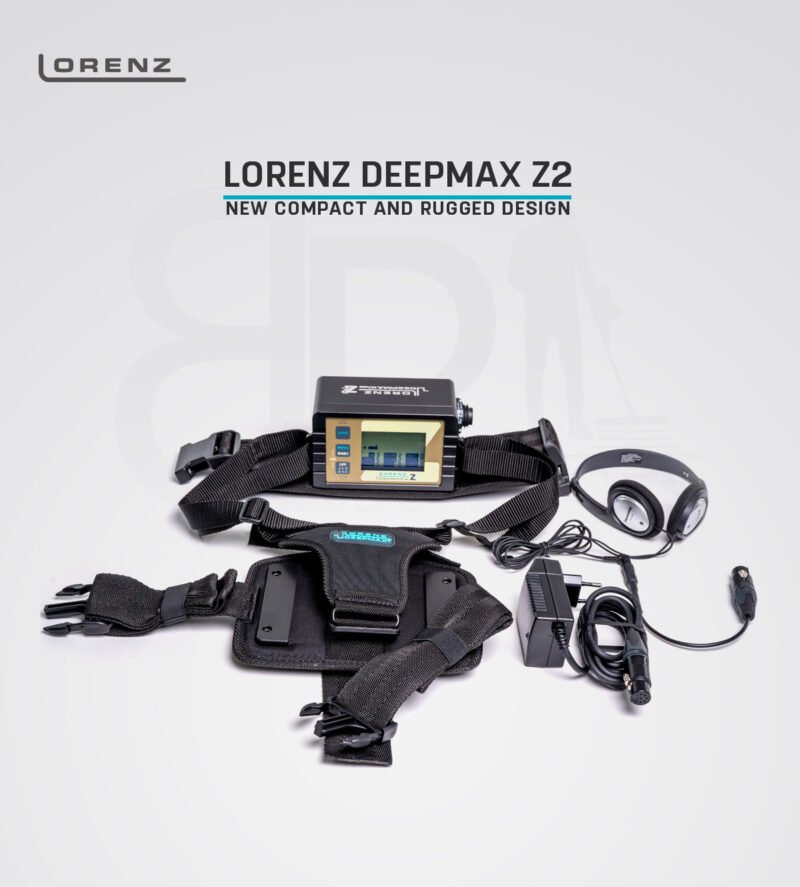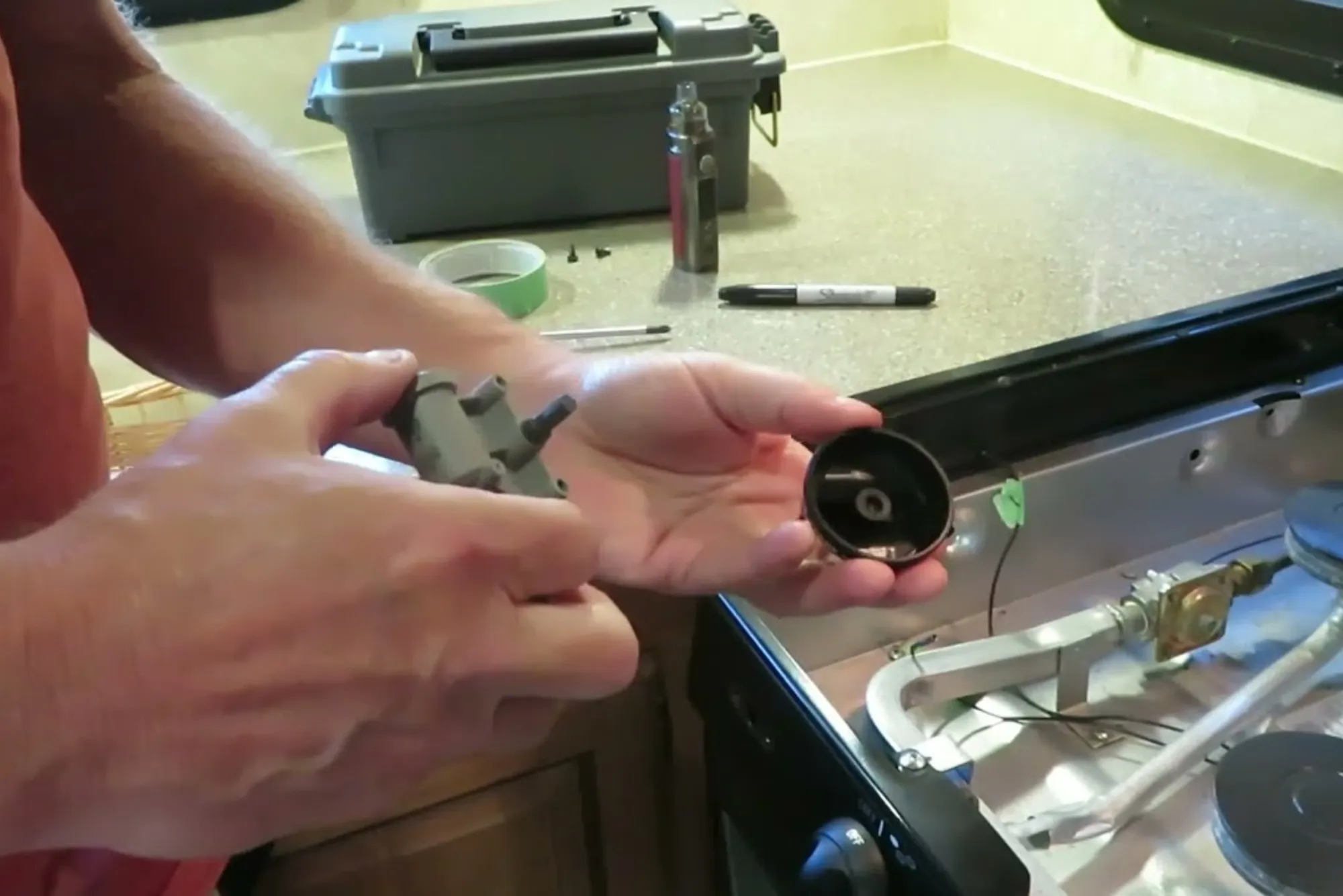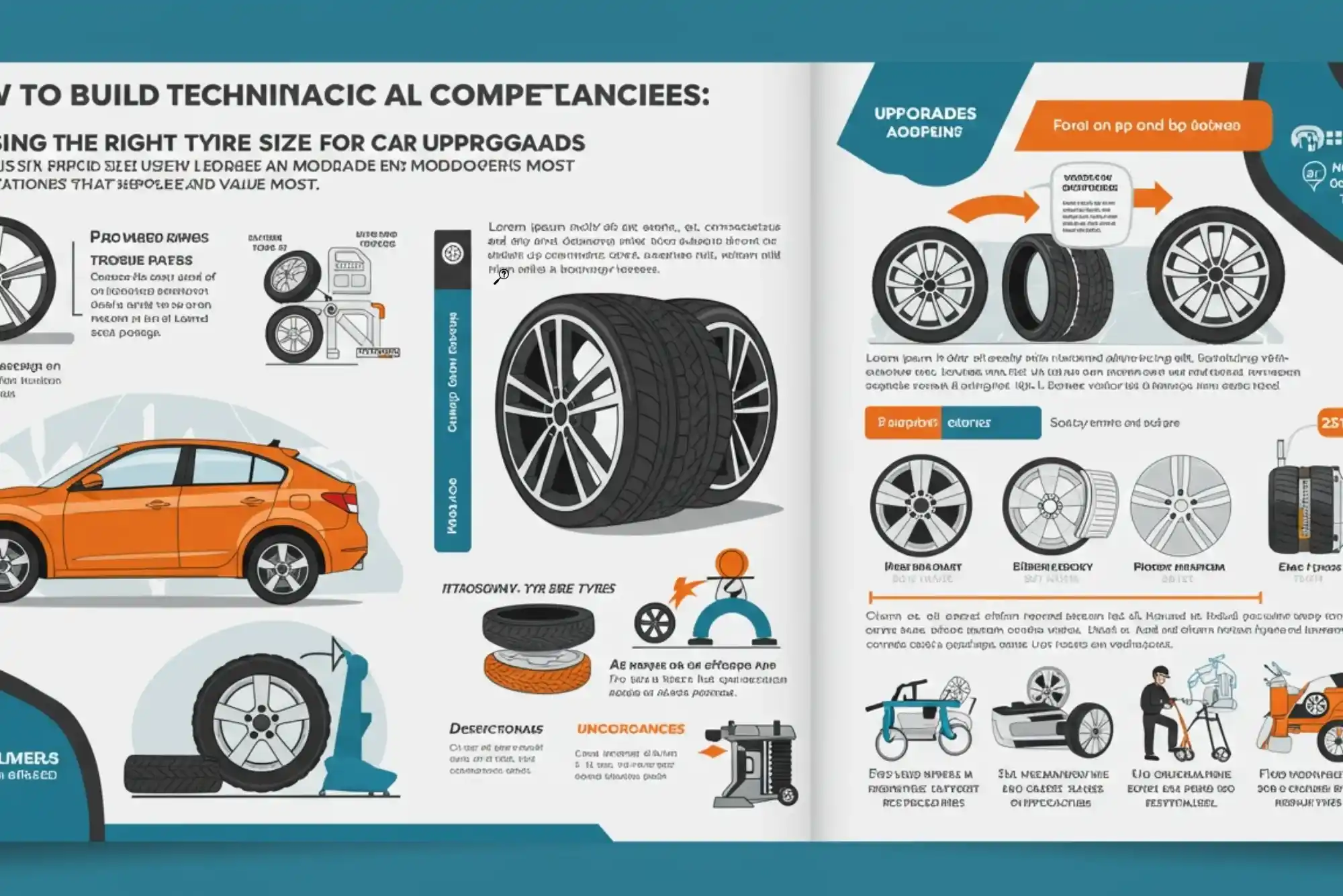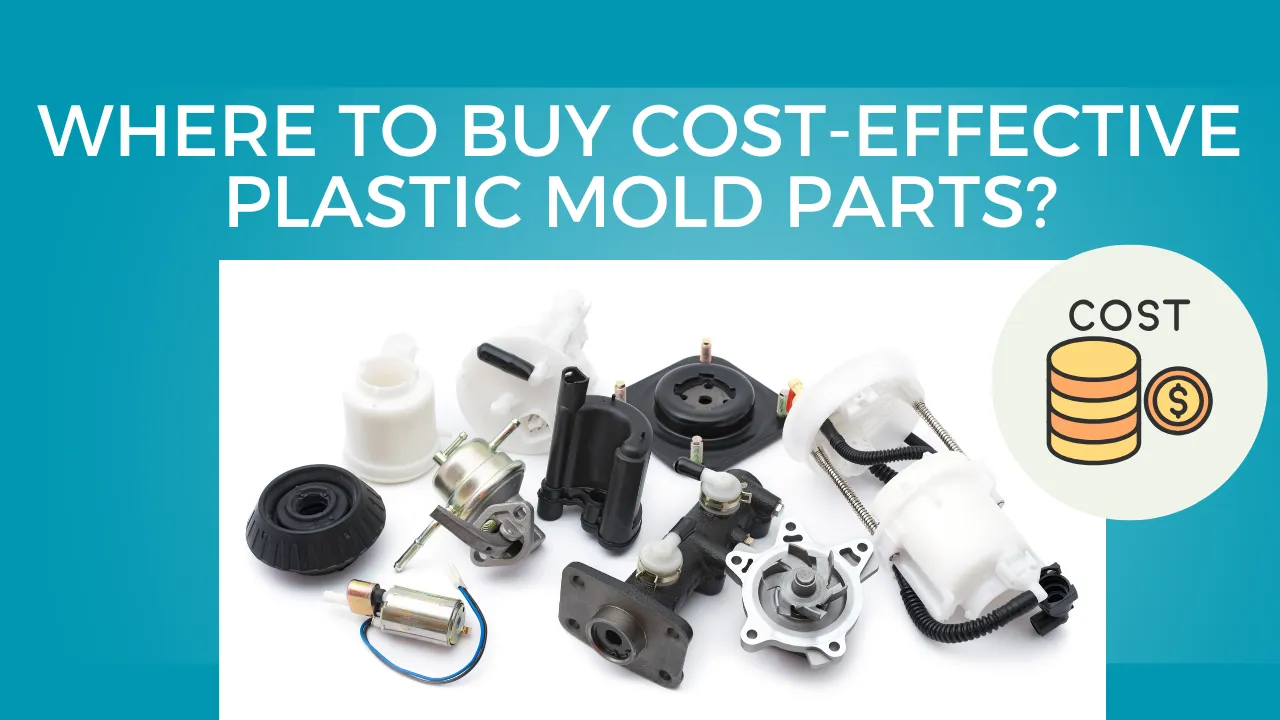Metal detecting is a fascinating blend of science and exploration. For those who want to uncover treasures hidden beneath layers of soil, water, or even sand, technology has provided a reliable companion: the pulse induction system. Unlike other types of detectors, the pulse induction metal detector is specially designed to work in highly mineralized soils where standard machines often fail. Understanding how this technology operates underground can help hobbyists and professionals alike make the most of their detecting journeys.
The Principle Behind Pulse Induction Technology
At its core, a pulse induction system operates by sending rapid bursts of electrical current through a coil, generating a powerful magnetic field. When this field collapses, it induces a current back into the coil. If a metallic object is present in the soil, it interrupts this cycle, creating an identifiable signal. This process is repeated hundreds of times per second, making the detector highly effective in locating targets buried deep below the surface.
This is why many prospectors turn to specialized machines like a pulse induction metal detector. Its ability to maintain accuracy in harsh environments such as saltwater beaches, volcanic soils, and highly mineralized grounds gives it a clear advantage. While traditional VLF detectors may struggle in these conditions, pulse induction maintains its performance by ignoring much of the ground noise.
The Role of Advanced Equipment Like the Lorenz Z2
While the principle may sound simple, the execution requires advanced engineering. Detectors such as the Lorenz Z2 demonstrate how far pulse induction technology has advanced. The Lorenz Z2 is known for its exceptional depth range and stability, even in the most challenging terrains. It can detect larger objects buried several meters underground while still being sensitive enough to identify smaller items.
What makes such devices particularly valuable is their balance between power and user-friendly design. Prospectors who invest in professional-grade equipment like the Lorenz Z2 find themselves better equipped for serious exploration, whether searching for gold nuggets, historical relics, or deeply buried caches.
Why Pulse Induction Excels Underground
The real strength of pulse induction systems lies in their ability to ignore mineral interference. Highly mineralized soils are common in areas where gold or other valuable metals are likely to be found. Traditional detectors mistake these minerals for targets, leading to endless false signals. Pulse induction solves this by filtering out the “noise” and locking onto actual metallic responses.
This makes them especially popular among gold hunters and deep-search treasure seekers. The depth penetration, combined with the precision in mineral-heavy environments, ensures that even hidden treasures buried for centuries can be uncovered.
Depth and Coil Options
The design of coils used in pulse induction machines also plays a significant role. Larger coils penetrate deeper, allowing users to search wide areas for big, deeply buried objects. Smaller coils, on the other hand, provide more accuracy and help isolate smaller items in areas filled with metallic debris.
Most advanced detectors come with interchangeable coil options, giving users the flexibility to adapt to different terrains. Whether prospecting in wide open fields, rocky soils, or underwater environments, the right coil combined with pulse induction ensures effective searches.
Practical Uses Beyond Hobby Prospecting
While hobbyists love pulse induction for gold and relic hunting, these detectors have applications far beyond treasure hunting. Archaeologists, security professionals, and even industrial users rely on PI technology to locate buried pipes, unexploded ordnance, or hidden structures. Their accuracy and depth penetration make them versatile tools in multiple industries.
The rugged design of these machines also ensures they withstand long hours in demanding conditions. For explorers, this reliability translates into confidence, knowing that their detector won’t falter halfway through an expedition.
Tips for Maximizing Performance
Getting the best results from a pulse induction system requires understanding its strengths. Users should practice adjusting sensitivity settings, experiment with different coils, and learn how to interpret signals correctly. While the technology reduces ground noise, careful tuning enhances performance.
Patience is also key. Since pulse induction machines often detect deeper than VLF models, digging can be more challenging. Carrying the right digging tools and planning for longer recovery times ensures that the effort pays off.
Investing in the Right Technology
For anyone serious about uncovering treasures underground, choosing the right machine makes a world of difference. A high-quality pulse induction system not only improves success rates but also reduces frustration from false signals. While the initial investment may be higher, the long-term benefits are significant.
Machines like the Lorenz Z2 stand as proof that advanced engineering can empower prospectors to achieve results that would be impossible with less capable technology. By combining deep penetration, adaptability, and precision, these detectors make underground exploration both efficient and rewarding.
Conclusion
Pulse induction technology has revolutionized metal detecting, offering unmatched depth and performance in environments where traditional detectors fail. By ignoring mineral interference and focusing on genuine targets, these detectors unlock possibilities for treasure hunters, archaeologists, and professionals worldwide. For prospectors ready to take their search seriously, equipment like the Lorenz Z2 shows how modern innovation transforms passion into discovery.







